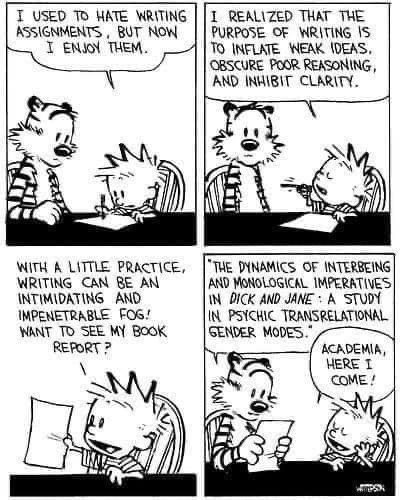Ancient/Now - November 15th
Wealth and inequality in the ancient Near East, augmented reality meets ancient Egypt at the Louvre, and more
Wealth inequality in the ancient Near East

Wealth—who has it and who is excluded from it—is one of the primary lenses through which we view the ancient past. Who generates wealth? Who possesses it? Who can collect more of it? Who is commodified and traded as wealth? A recent article in The Ancient Near East Today examines the role cities and urban development played in the creation of wealth and wealth inequality in the ancient Near East. The authors found that, similar to modern cities, urban centers in the ancient Near East were places of great economic activity, employments opportunities, cultural exchange, and innovation. But at the same time, they also generated greater economic and wealth disparity. Cities exist in regional polities. Polities can be connected through empire. Empires of the ancient Near East, the authors suggest, acted much like modern free trade agreements that made it easy for commodities and people to move across great distances and across borders and further enriched those who were already wealthy. In other words, you don’t impose direct rule over conquered peoples in an empire, but you do give the cooperating elites a big, healthy tax break. They write,
What we are trying to highlight is the role of long-lived empires in increasing wealth disparity after the 8th century BCE, that is, when such large empires became more common. We believe these empires created larger, multi-ethnic, and economically more dynamic cities that also helped accelerate wealth inequality.
Indeed, the latter description could be applied to cities throughout history. Today’s cities are not places of greater economic equality, but instead of economic exclusion, hoarding, and monopolization. In fact, economic disparities seem particularly stark in modern American population centers like Los Angeles, in which the middle class is shrinking and the tent cities of unhoused people increasingly dominate our cityscape. When you live in the Home of the Homeless, it’s important to try to understand the deeply historic underlying causes of wealth inequality. Even when we can see it, even when we can draw clear connecting lines between the ancient and modern worlds, as a society we just don’t yet seem quite ready to do anything about it. I suppose it’s because *we* are not the ones really suffering. Not yet, at least…







